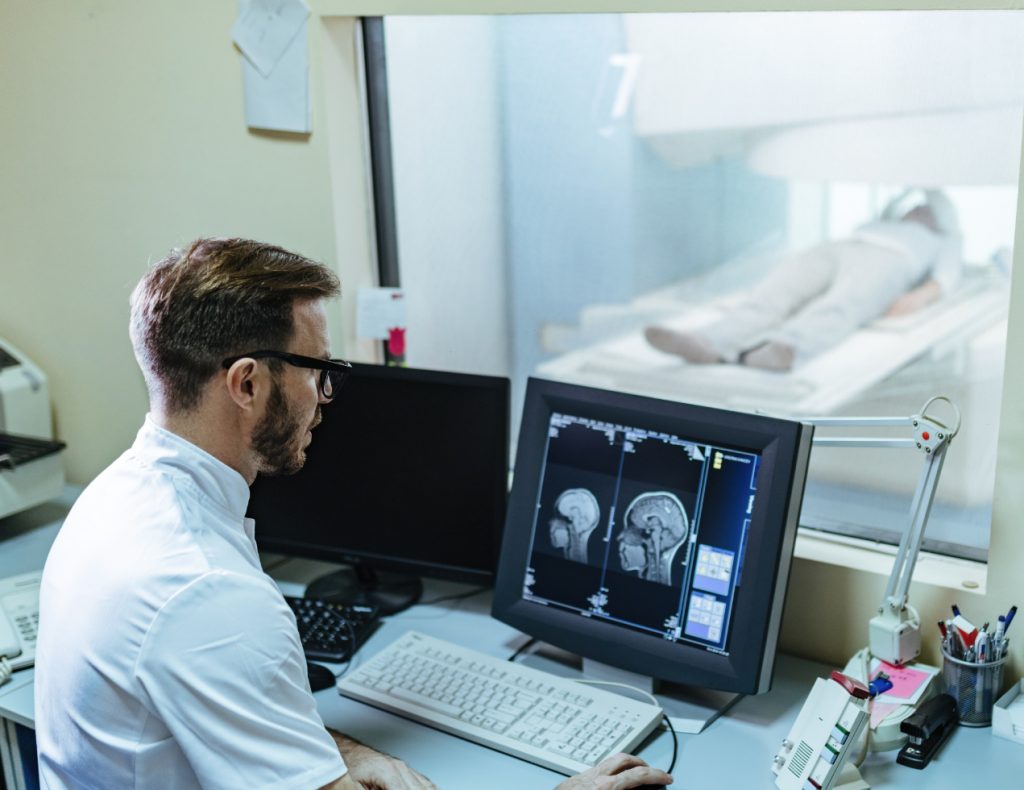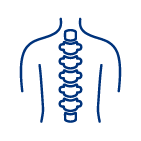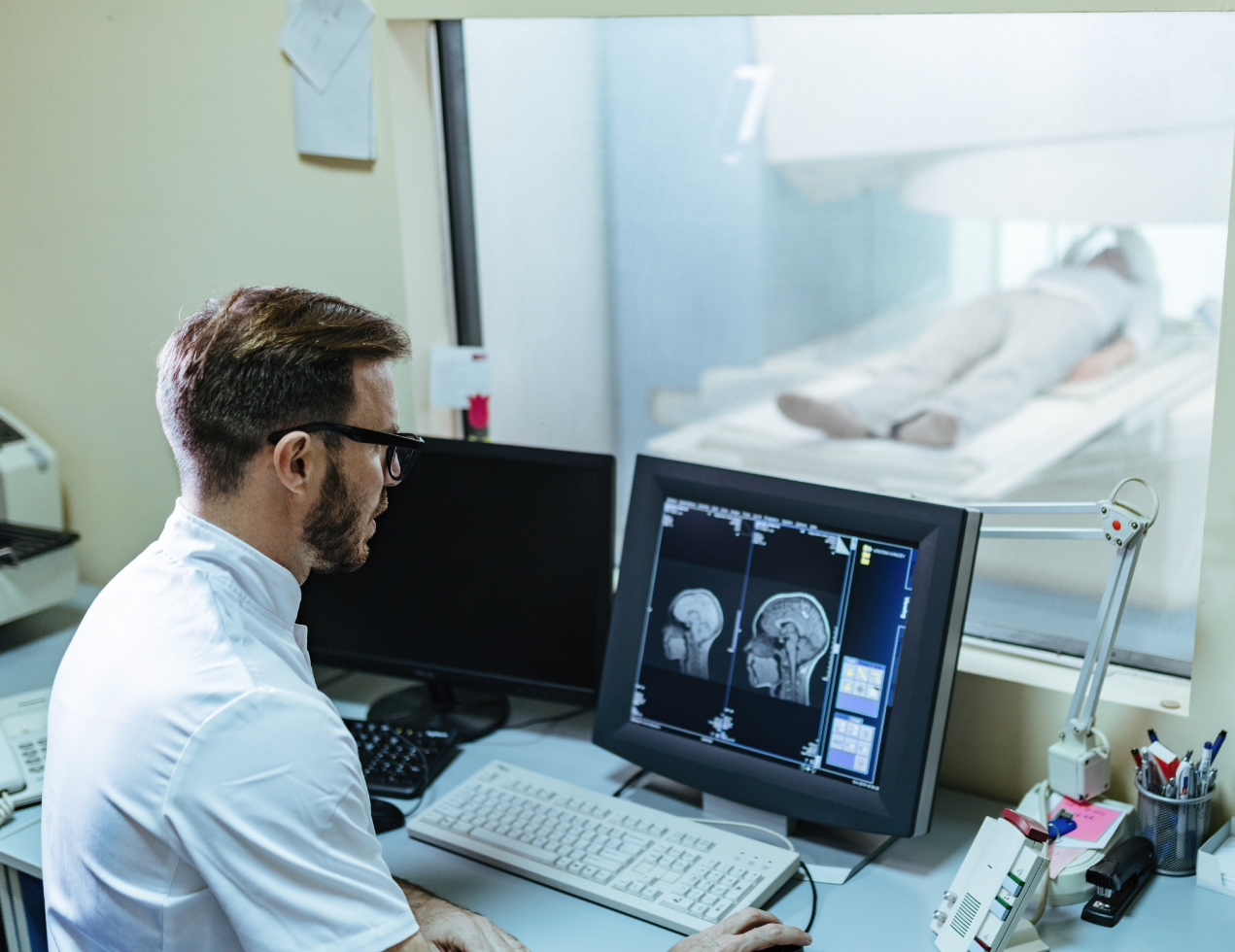DEXA Scan
A DEXA scan (Dual-Energy X-ray Absorptiometry) is a medical
test that measures bone mineral density using low-dose X-rays.
What is DEXA Scan
A DEXA scan (Dual-Energy X-ray Absorptiometry) is a specialized imaging technique used to measure bone mineral density (BMD). It works by sending two low-dose X-ray beams at different energy levels through the bones, typically targeting areas like the hip, spine, or forearm. By analyzing how much of each X-ray beam is absorbed by the bones, the scanner can determine their strength and density with high accuracy.
DEXA scans are primarily used to diagnose osteoporosis, a condition where bones become weak and brittle. They are also used to evaluate a person’s risk of fractures and to monitor changes in bone density over time, especially in people undergoing treatment for bone-related conditions. The procedure is quick, painless, and involves minimal radiation exposure.

What is an DEXA Used For?

Bone thinning, fractures, osteoporosis risk .

Fracture risk, bone density loss

Early bone loss in postmenopausal women

Tumors & abnormalities in organs (liver, kidney, heart)

Pelvic, abdominal diseases & Breast cancer

Blood vessel problems (MRA)

Our Scan Process
A DEXA scan, used to assess bone density. The process is quick and painless, typically taking 10-20 minutes.
Preparation
you may be asked to hold your breath briefly to avoid blurring the images while scanning.
Scanning
It passes over your body, emitting low levels of radiation. The machine measures how much radiation is absorbed by your bones and soft tissues.
Image Analysis
The scan generates images and data, which are then analyzed to determine bone mineral density (BMD). usually providing a T-score, which compares your BMD to that of healthy young adults.
